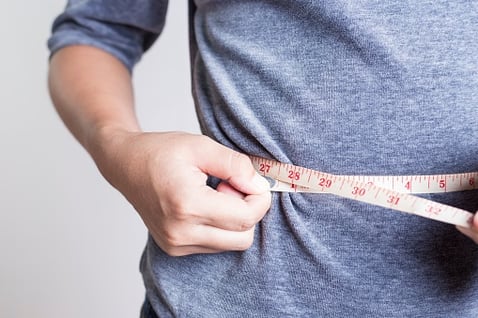 We often hear people talk about their slow metabolism being the reason they cannot lose weight. While this may be true for some individuals, it does not apply to the majority of the population. If you have never actually had blood work done saying you have a slow metabolism, this more than likely is not the issue. Instead of blaming the metabolism, you have to look at the basic “recipe” for weight loss.
We often hear people talk about their slow metabolism being the reason they cannot lose weight. While this may be true for some individuals, it does not apply to the majority of the population. If you have never actually had blood work done saying you have a slow metabolism, this more than likely is not the issue. Instead of blaming the metabolism, you have to look at the basic “recipe” for weight loss.
Two Ways to Lose Weight
As you might know by now, weight loss is caused by putting the body in a caloric deficit. Being in a caloric deficit means that the number of calories burned by the body has surpassed the amount of calories consumed by the body. This simple definition of a caloric deficit helps further explain the two popular methods in which you can obtain caloric deficiency.
- Option 1: Consume fewer calories than required by the body for optimum energy output.
- Option 2: Burn off more calories than consumed by the body.
Factors Affecting How Many Calories You Burn
Now let’s take a look at the things that affect your energy expenditure.
The first thing that affects total energy expenditure (TEE) is your resting metabolic rate (RMR). RMR is defined as the energy your body requires for normal daily functioning without movement. This is your body’s set energy output on a daily basis.
TEE also takes into consideration something called the thermic effect of food (TEF). This is described as the energy required to break down the food you consume. Thermic effect of food usually makes up 10–15% of your energy expenditure.
The rest of your TEE is made up of your movement with intentional and non-intentional exercise or non-exercise physical activity (NEPA). NEPA can make up anywhere between 15–50% of your energy expenditure. If you are sedentary for a majority of the day, you may be burning only 15% of your energy expenditure; when you remain active for a majority of the day, you may be burning up to (but not limited to) 50% of your energy expenditure as compared to your RMR.
Looking at BOD POD Results
To put this into perspective, here is my BMR and TEE that I received from doing my NIFS BOD BOD.
TEE = RMR + TEF + exercise
RMR = 1,642 kcals
TEF = 246 kcals (15%)
Intentional Exercise/ Non-intentional exercise = 246 kcals (15%) (1,642 x .15)
821 kcals (50%) (1,642 x .5)
Using the numbers above, on a sedentary day I would burn around 2,102–2,134 kcals (15%). On an active day, I would burn around 2,709–2,857 kcals (50%). On a very active day I could burn up to 3,415 kcals for the day. Now let’s say I eat around 2,200 kcals on a consistent basis. Eating 2,200 kcals on a sedentary day would put me in a caloric surplus, whereas eating 2,200 kcals on an active day would put me in a caloric deficit.
Sedentary day = 66 kcal surplus
Active day (including intentional exercise and NEPA) = 657 kcal deficit
So just by being more active throughout the day I would be able to take myself from being in a surplus to being in a caloric deficit, which is the basis for weight loss.
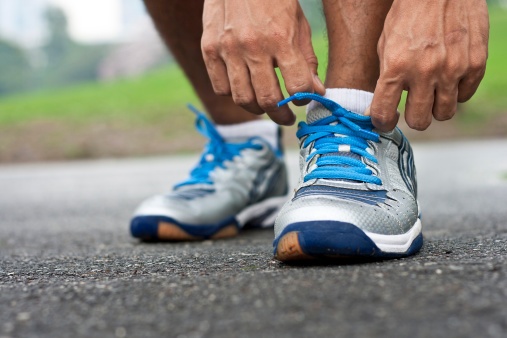 Do You Just Need to Move More?
Do You Just Need to Move More?
Now ask yourself this: Are you having trouble losing weight because you have a slow metabolism, or are you just not moving and burning calories throughout the day? More than likely your caloric deficit difficulties are because of a lack of calorie burning due to a lack of movement throughout the day.
Being sedentary vs. engaging in intentional exercise and NEPA can make a world of difference as to whether you are achieving a caloric deficit. So if you don’t take anything else from this blog, remember this: weight loss usually requires a LIFESTYLE change instead of just engaging in intentional exercise. You must maximize your energy expenditure throughout the entire day to widen the gap between calorie consumption and total energy expenditure.
Schedule your BOD POD assessment today to find out your true numbers by calling 317-274-3432, ext. 262.
This blog was written by Darius Felix, Health Fitness Specialist. To find out more about the NIFS bloggers, click here.


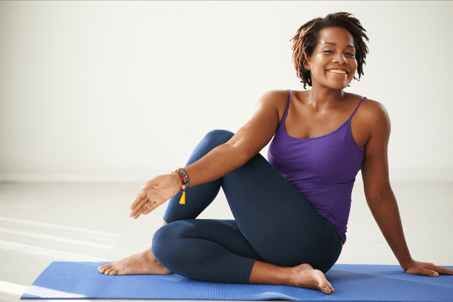 Many of us know that yoga serves as a form of physical activity that increases flexibility for participants. Yoga focuses on putting the individuals in body poses that elongate muscles from head to toe. While this is very true, and I encourage anyone looking to improve their flexibility to incorporate yoga into their weekly workout routine, yoga has so much more to offer than just improvements in flexibility. In fact, the original context of yoga had very little to do with improving flexibility at all.
Many of us know that yoga serves as a form of physical activity that increases flexibility for participants. Yoga focuses on putting the individuals in body poses that elongate muscles from head to toe. While this is very true, and I encourage anyone looking to improve their flexibility to incorporate yoga into their weekly workout routine, yoga has so much more to offer than just improvements in flexibility. In fact, the original context of yoga had very little to do with improving flexibility at all.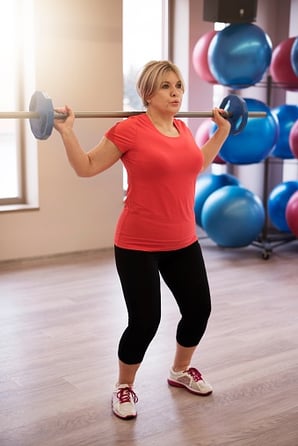 Let’s play out a little scenario. Judy just renewed her gym membership because it’s almost time for her annual summer vacation. She currently weighs 170 pounds but wants to lose around 30 pounds before she goes on vacation. She has taken herself through this transformation once before by running 4 miles on the treadmill every other day until she finally got to her desired weight. She plans to come to the gym this year with the same game plan as last time. Judy does not lift weights because she only wants to lose fat, not gain muscle.
Let’s play out a little scenario. Judy just renewed her gym membership because it’s almost time for her annual summer vacation. She currently weighs 170 pounds but wants to lose around 30 pounds before she goes on vacation. She has taken herself through this transformation once before by running 4 miles on the treadmill every other day until she finally got to her desired weight. She plans to come to the gym this year with the same game plan as last time. Judy does not lift weights because she only wants to lose fat, not gain muscle. 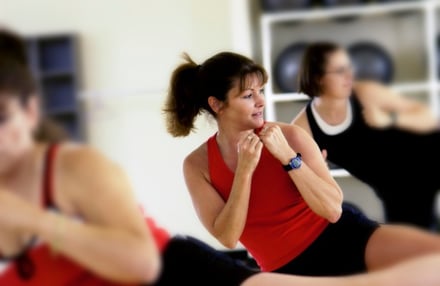 Knowing whether you are an introvert or an extrovert can help determine what type of fitness plan/program will work best for you.
Knowing whether you are an introvert or an extrovert can help determine what type of fitness plan/program will work best for you. 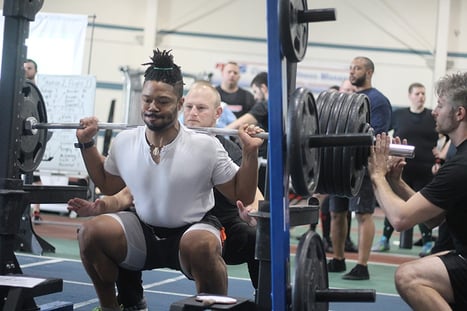 For years fitness enthusiasts have used the colder months of the year as an opportunity to put on muscle mass (or
For years fitness enthusiasts have used the colder months of the year as an opportunity to put on muscle mass (or 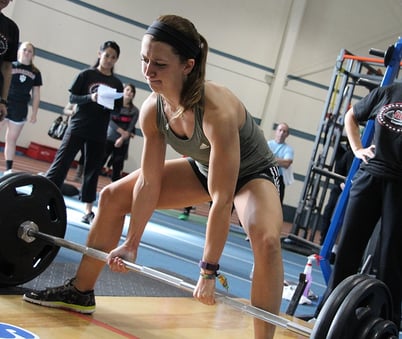 So which type of hypertrophy should you go for? That depends on what your personal goal is. Ask yourself these three quick questions before you approach method 1 or method 2:
So which type of hypertrophy should you go for? That depends on what your personal goal is. Ask yourself these three quick questions before you approach method 1 or method 2: In part 1
In part 1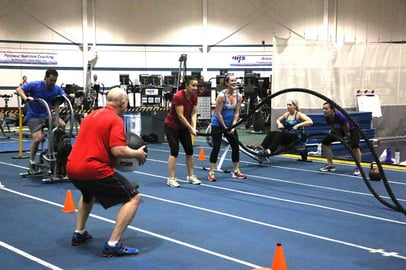 If you have ever participated in High Intensity Training (HIT), you will quickly discover what separates this style of workout from other popular styles you may know, like super sets or pyramid training. The main intention behind high intensity training workouts is that the workout will challenge your body to such a level of discomfort that its threshold or maximum capacity has no choice but to rise. Now don’t let the word “such a level of discomfort” scare you away; it’s the discomfort level that we all feel during exercise at some point, and of course you can push past it.
If you have ever participated in High Intensity Training (HIT), you will quickly discover what separates this style of workout from other popular styles you may know, like super sets or pyramid training. The main intention behind high intensity training workouts is that the workout will challenge your body to such a level of discomfort that its threshold or maximum capacity has no choice but to rise. Now don’t let the word “such a level of discomfort” scare you away; it’s the discomfort level that we all feel during exercise at some point, and of course you can push past it.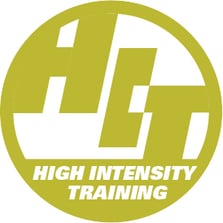

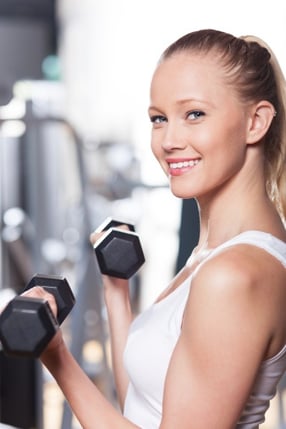 It then dawned on me that if it was uncomfortable for me to maintain good posture for a few seconds, imagine the effect these deficiencies will eventually have on my muscularity, the efficiency of my resistance training in regard to compensation for the targeted muscles, as well as the greater postural deficiencies that naturally occur as we get into our later years.
It then dawned on me that if it was uncomfortable for me to maintain good posture for a few seconds, imagine the effect these deficiencies will eventually have on my muscularity, the efficiency of my resistance training in regard to compensation for the targeted muscles, as well as the greater postural deficiencies that naturally occur as we get into our later years. 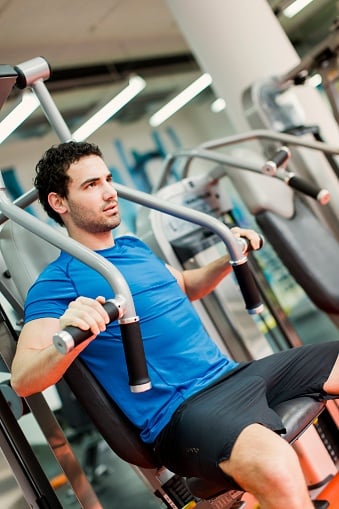 Building muscle is perhaps the most common goal (second to fat loss) of an exercise program. Many people eventually hit a plateau with exercise routines and muscle-gaining processes and find it increasingly difficult to continue putting on new muscle. Once the body becomes too familiar with certain exercises or a certain style of training, your results will be hindered.
Building muscle is perhaps the most common goal (second to fat loss) of an exercise program. Many people eventually hit a plateau with exercise routines and muscle-gaining processes and find it increasingly difficult to continue putting on new muscle. Once the body becomes too familiar with certain exercises or a certain style of training, your results will be hindered. 
